Fall is more than just changing foliage, pumpkins and cool weather. It’s a time for pickling and brining. In Russia, pickling and brining fresh produce is a culinary art and deeply rooted tradition. The reason is simple: its the easiest way to add a daily dose of fruits and veggies during the long and notoriously harsh winters that consume many parts of Russia.
An abundance of fresh produce in the summer and early fall makes it possible to preserve enough food to last through the winter. Having harvested fresh apples and pears, foraged for mushrooms, and garden veggies, the process of preserving food has been perfected from generation to generation.
Nearly every family has a treasured recipe for pickled tomatoes, cucumbers, cabbage — also known as sauerkraut — apples, mushrooms, and even watermelon. And while most pickled and brined treats can be bought at grocery stores and weekly farmer’s markets, there is something special about taking the time to prepare these goodies in your own kitchen.
That said, there seems to be a bit of confusion about fermented foods, especially when it comes to pickling and brining. So what is the difference between pickling and brining?
What is pickling?
Pickling involves preserving food in some kind of acid to extend its shelf life and help prevent spoilage. Traditionally, the most common pickling agents are vinegar, wine, and lemon juice. Bacteria growth is the number one reason for spoiled food. Adding acid basically creates an environment in which very few bacteria can survive.
An ancient tradition, pickling has been practiced for thousands of years. Long before refrigeration and freezing were available, surplus foods were preserved and stored for the winter and as a means to survive famines.
But pickling does much more than just preserve a food. The very process often dramatically changes the food’s flavor and texture, creating a delicious new product. It’s no wonder that our ancestors around the globe enjoyed an assortment of pickled foods which later became synonymous with their cultural cuisines.
What is brining?
Unlike pickling, which uses acid as a preserving agent, brining involves soaking food in a salty water solution called brine. In addition to fruits and vegetables, meat and cheese can also be brined. Brining meat, poultry, seafood, produce and cheese improves their flavor and texture by adding moisture, spices and seasonings.
In addition to salt, other ingredients like sugar, honey, molasses, fruit juices, beer, cloves, onions, garlic, pepper and chilies, can be added to highlight the food’s natural flavors. Essentially, brining accentuates the natural flavor of food rather than drastically altering it with acid like in pickling.
Homemade Pickling Tips
Now that we’re clear on the difference between pickling and brining, below are a few useful tips:
For pickling …
- Thoroughly wash produce before pickling and avoid using waxed supermarket produce.
- Use regular or pickling salt, not iodized salt, to ensure the brine stays clear and doesn’t get too cloudy.
- For best results, use white distilled vinegar or cider vinegar with 5% acidity; add water to dilute the sharpness of the vinegar.
- Herbs and spices add richness to pickled vegetables. You can use classic spices like mustard seed, peppercorns, and bay leaves, as well as mint, basil and rosemary to add zest and create more complex flavors.
- Red wine will turn vegetables pink.
- Tough root vegetables like carrots, beets, and turnips need to be boiled before pickling.
For brining …
Table salt is the preferred ingredient for brining; it’s inexpensive and easily dissolves in water.
- Kosher salt or sea salt are good alternatives, but measure differently than table salt. Kosher salt consists of big, flaky crystals while table salt resembles fine sand-like grains. As a result they don’t measure the same by volume.
- A general rule of thumb is that a cup of table salt will contain more salt crystals and will be much more salty in a brine solution than a cup of kosher salt.
If you’re short on time, or would like to just enjoy great pickled food without the hassle and clean-up, check out our online grocery section. There you’ll find an abundance of pickled vegetables, including cucumbers, tomatoes, peppers, cabbage, asparagus, and mushrooms, in a variety of traditional marinades and brines.
Got a favorite pickling recipe? Share it with us on Facebook or email us at info@russianfoodusa.com.

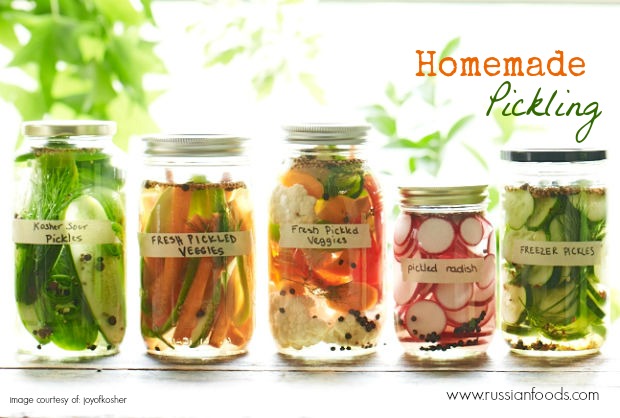
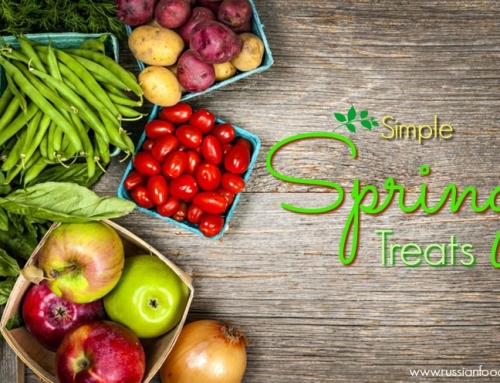
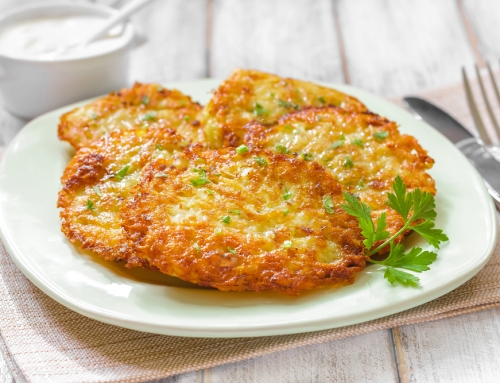
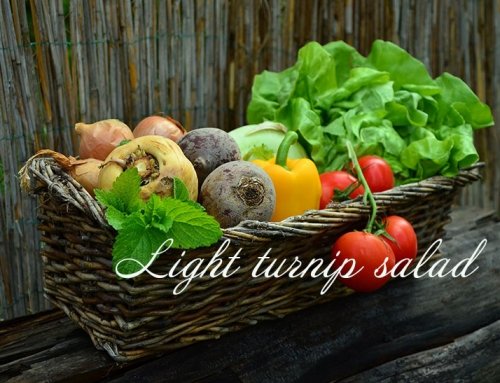
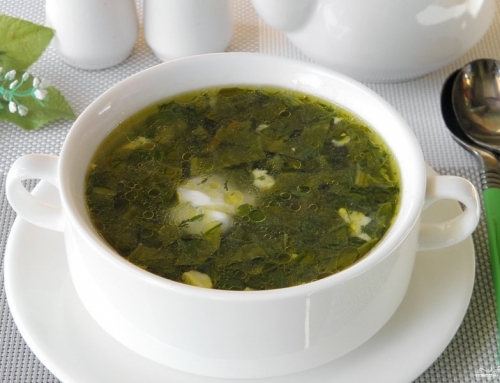
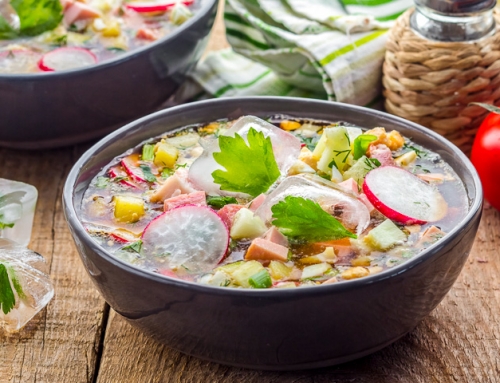
Leave A Comment